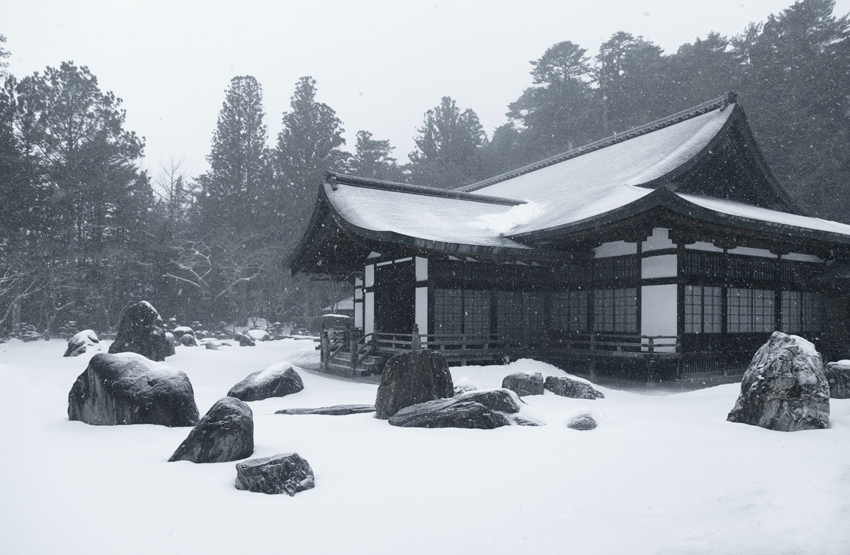Thursday, January 25, 2024

Northern Vietnam has been experiencing an intense cold wave since the start of the week, leading to unusually low temperatures during both day and night. The cold spell has been particularly harsh in higher altitudes, with temperatures dipping below freezing in several areas, resulting in the formation of ice and frost.
The severe cold wave has presented challenges for both tourists and the hospitality industry in Northern Vietnam. Tourists, unaccustomed to such extreme weather conditions, are finding it difficult to enjoy their visits. Outdoor activities have been limited, and the icy conditions pose safety risks. Moreover, the sudden drop in temperatures has led to a decrease in tourist arrivals, impacting local businesses and the economy.
Hotels and other accommodations are also facing issues. The increased demand for heating has put a strain on their resources, leading to higher operational costs. Additionally, some hotels in remote areas are struggling to maintain consistent power and water supply due to the freezing conditions. This situation has necessitated emergency measures and additional investments to ensure the comfort and safety of their guests. Overall, the cold wave has significantly affected the usual pace of tourism and hospitality services in Northern Vietnam.
On Monday afternoon, ice was observed forming on Phia Oac peak in Cao Bang’s Nguyen Binh District. The ice, initially clinging to surfaces, began to break away by the afternoon due to strong winds. By Wednesday, areas over 1,500 meters above sea level were also experiencing ice formation due to high moisture levels and fog, though the ice was not as thick as in earlier days.
Mau Son peak in Lang Son has been consistently experiencing ice formations since Monday afternoon. The temperature there dropped to nearly minus 3 degrees Celsius, creating substantial layers of ice. In Quang Ninh’s Binh Lieu District, Cao Ly peak (1,429 meters above sea level) also saw ice forming from Monday night. At the Dong Pagoda in Yen Tu, Quang Ninh, ice and frost appeared on Tuesday but disappeared by Wednesday due to lower moisture levels.
In Ha Giang, Thuong Phung and Xin Cai communes, both situated at about 1,500 meters above sea level, witnessed ice layers as thick as 3 centimeters on Wednesday morning, covering trees and grass. Similarly, in Lao Cai, the O Quy Ho Pass (2,000 meters above sea level) also experienced ice formation on Wednesday morning, with temperatures falling to minus 1 degree Celsius. This picturesque scene of ice-covered trees and grass has been drawing numerous visitors for photography.
Nguyen Van Huong, who heads the weather forecast department at the National Center for Hydro-Meteorological Forecasting, indicated that this severe cold wave is expected to persist until January 26. Ice formation in mountainous areas of the north is likely to continue for a few more days after this date, before gradually dissipating.
Prime Minister Pham Minh Chinh, addressing the situation on Tuesday, urged northern and central Vietnamese localities to guide residents on how to cope with the cold. This current cold wave is the second significant one this winter, following a previous wave from December 17 to 22. During the earlier wave, Mau Son recorded a temperature of minus 2.5 degrees Celsius, the lowest in 11 years.
Saturday, April 27, 2024